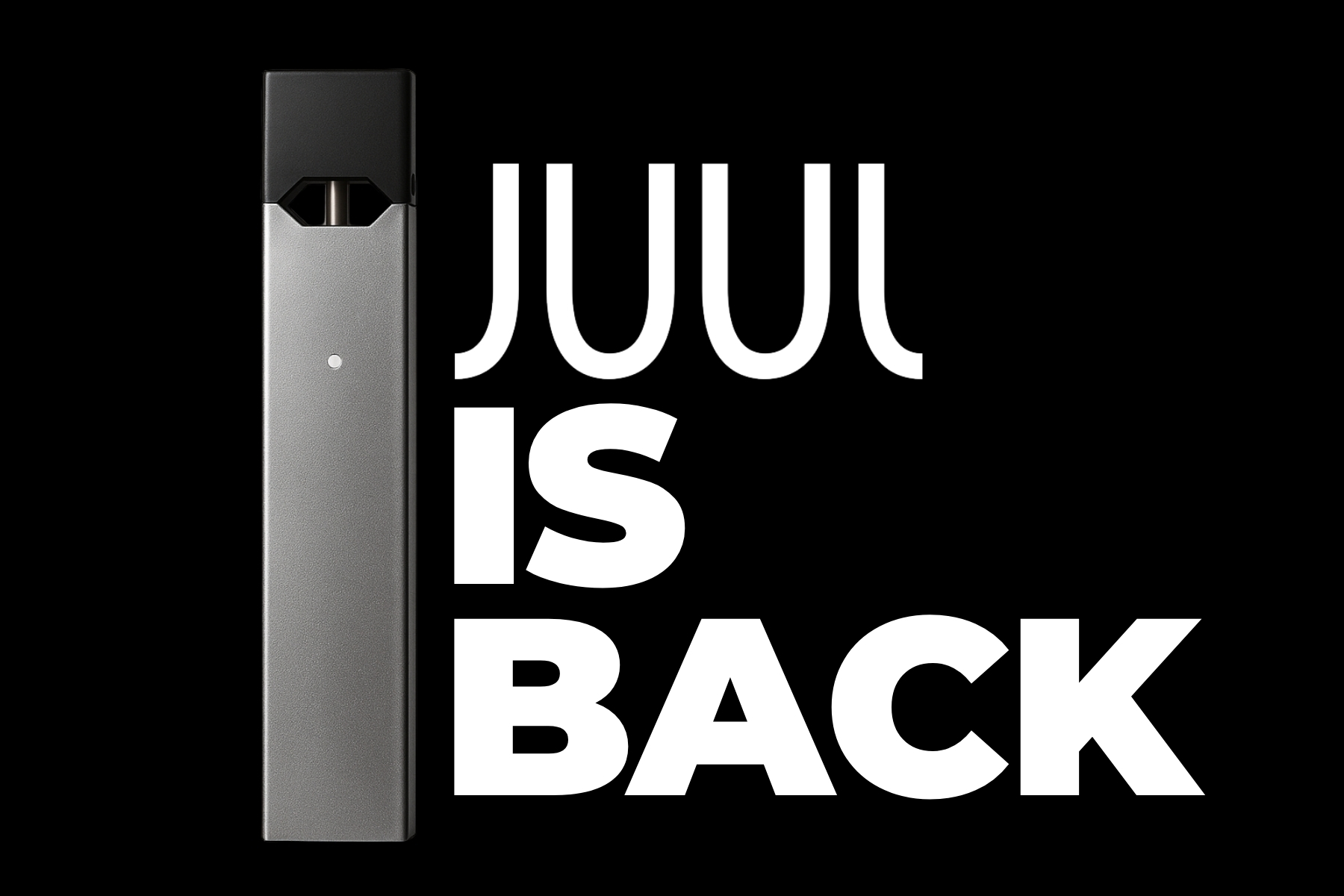The U.S. Food and Drug Administration's proposed rule to establish a maximum nicotine level of 0.7mg/g in cigarettes marks a watershed moment in tobacco regulation. This unprecedented move could fundamentally reshape the nicotine industry landscape and accelerate the transition to alternative nicotine products.
Background of the Case
The FDA's journey toward nicotine reduction began with the 2009 Tobacco Control Act, which granted the agency authority to regulate tobacco products. The current proposal, announced in early 2025, represents the most aggressive step yet in reducing the addictiveness of combustible tobacco products. Previous studies suggested that reducing nicotine levels could prevent millions of youth from becoming regular smokers and help current smokers quit more easily.
Legal and Regulatory Journey
The proposed rule follows a complex regulatory pathway:
- Initial research phase (2018-2022): FDA-funded studies on reduced nicotine content
- Advanced Notice of Proposed Rulemaking (2023)
- Public comment period (2024)
- Current status: Final rule development phase Implementation timeline projects a three-year transition period for manufacturers to comply with the new standard.
Global Impact and Comparison
International Response
While the United States leads with this bold initiative, other nations are watching closely:
- New Zealand: Considering similar measures as part of their smoke-free 2025 goal
- European Union: Evaluating comparable regulations within their TPD framework
- UK: Studying potential adoption within their smoke-free generation strategy
The FDA's move could trigger a domino effect of similar regulations worldwide.
Market Impact and Industry Response
Industry Stakeholder Reactions
- Large tobacco companies: Requesting extended implementation timelines
- Alternative nicotine manufacturers: Supporting the proposal while positioning their products as viable alternatives
- Small manufacturers: Expressing concerns about compliance costs
Market Developments
- Major tobacco companies' stock values have fluctuated significantly
- Increased investment in alternative nicotine delivery systems
- Accelerated R&D in synthetic nicotine and novel products
- Growing interest in tobacco-free nicotine pouches and other alternatives
Stefan's Analysis
The FDA's nicotine cap proposal represents more than just another regulation – it's a fundamental shift in how we approach nicotine consumption. While the implementation challenges are significant, this move could accelerate the transition toward reduced-risk products. However, the success will largely depend on:
- Industry's ability to adapt and innovate
- Availability of satisfying alternative products
- Effective enforcement mechanisms
- Consumer acceptance and behavior change
The proposal's timing, coinciding with the rising popularity of alternative nicotine products, suggests we're entering a new era in nicotine consumption. The key question isn't if the industry will transform, but how quickly and in what direction.
Sources
- FDA Regulatory Documents (2025)
- WHO Global Tobacco Regulation Database
- Industry Response Statements: Philip Morris International, British American Tobacco
- Public Health Law Center Analysis
- National Institutes of Health Research Papers
- Global Tobacco Control Updates





















